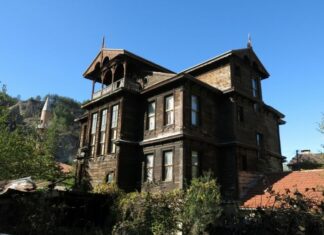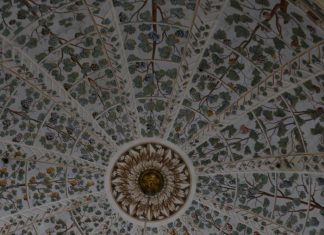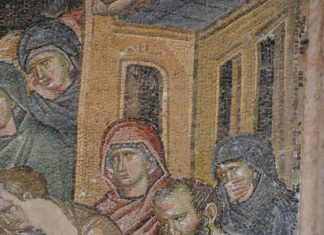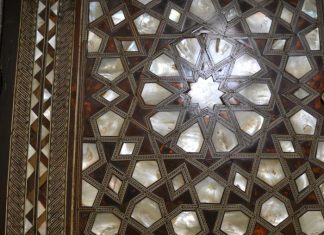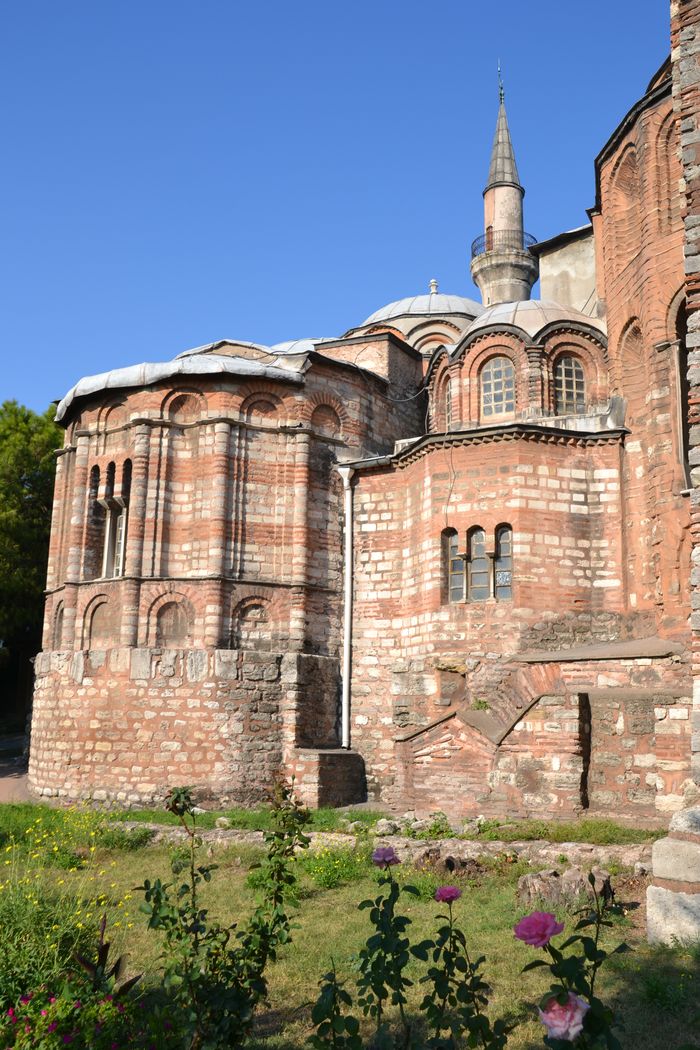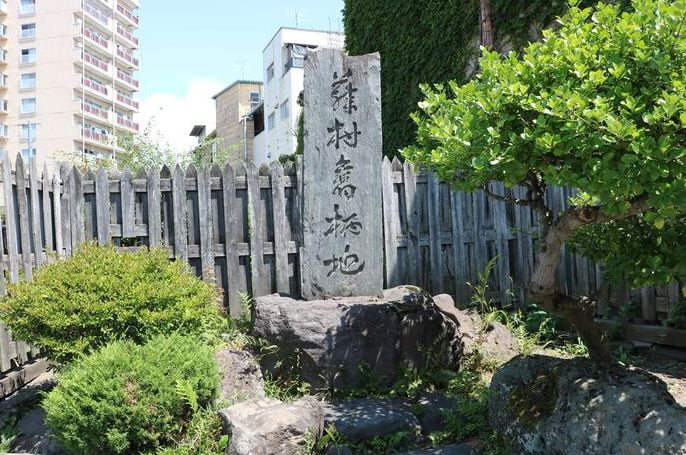An Honor to American Opticians
Recognition from the Russian Emperor
Through the courtesy of Messrs. Alvan Clark & Sons, we are pleased to publish an extract from a letter written...
Edward Channing
The Latest Slides in the White Mountains
The White Mountains of New Hampshire have once again experienced significant landslides. The most notable recent event occurred...
The Berlin Congress and the Eastern Question
England’s Concerns and the Road to Berlin
In 1878, England, then governed by the Beaconsfield administration, could not quietly accept Russia gaining a dominant position...
Smyrna The Church of Suffering
In Christian writings, Smyrna represents "suffering." In the letter to the church in Smyrna, Jesus told them that He knew their sufferings and poverty....
Pergamum The Religious City
In the King James Bible, this city is called Pergamos, but in Turkey, it is called Pergamum, and that is the correct spelling.
Period of...
Pergamum’s Great Library and Temples
Pergamum was not only famous for its great temples, but it also had the greatest library in the pagan world. The library had over...
Roots of Pharmacy
Recording Centuries of Medical Wisdom
In the times of Roman imperial power and culture, scholars started documenting all the medical knowledge gathered through years of...
Archaeological Discoveries in Ephesus
Uncovering the Past
Exploring Ancient Streets and Buildings
Various parts of Ephesus have been uncovered, revealing historical streets and public structures:
City Market and Bouleuterion (Council Meeting...
Basil II part 19
15. Psellus seems to have misunderstood the chronology of Basil’s reign, for the Lord Chamberlain was deposed in 985 and died in exile soon...





